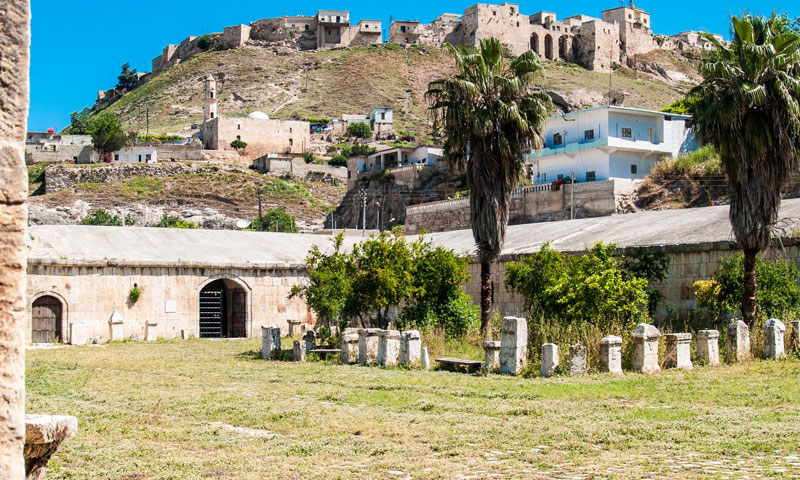It is not just a building, or a compilation of stones and cracked pieces, it is an important and historical archaeological site in frequent and multilateral danger. Despite the threats it faces, the site is witness to a community devoted to protecting their heritage time after time again. The museum is located in the town of Qalaat al-Madiq, in the northwestern part of Hama governorate. It is around 65 km away from the governorate center. It contains many artifacts and mosaic paintings discovered in Apamea and its vicinity, dating back to different eras, most notably the Roman and Hellenistic.
After the beginning of the conflict in Syria and its intensification in mid 2012, many specialists and volunteers initiated protection works to help maintain the museum and several other buildings throughout the region. Such places included the Museum of Maarrat al-Numan and other archaeological sites like al-Bara and Sergila. The voluntary initiative to maintain and oversee these locations was due to the importance of the collections, work that required skills only specialists in the field could provide. At the beginning of May 2019, military clashes escalated in the northern Hama countryside, prompting me to inquire about the situation of Apamea Museum due to its proximity to the fighting. The work of the volunteers was woven into the stones and walls of the museum in which they worked, each restoration or repair leaving a new mark on the long history of the structure. Over the past few years, It was an honor to achieve some modest works for the museum as part of archeological protection initiative. The work was about providing basic protection of the artifacts, in addition to restoration and assessment of damage to the building and its contents. Throughout the work, I have seen and closely examined the great efforts made by local organizations. They are aware of these sites and the important need to protect them.
read more The Aleppo Project
The Aleppo Project